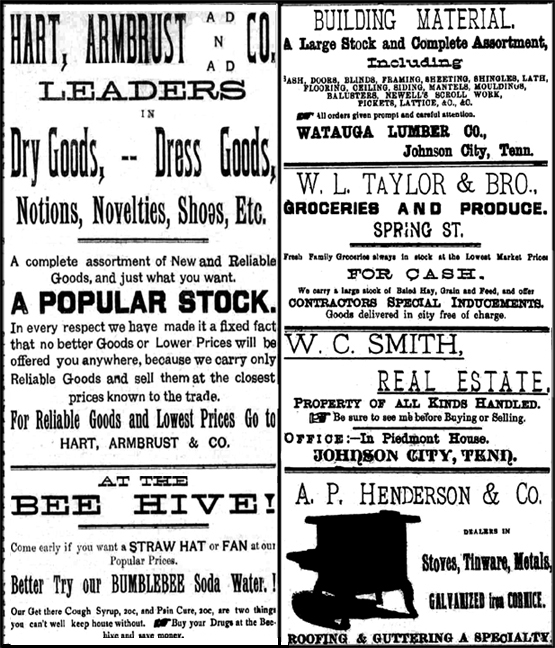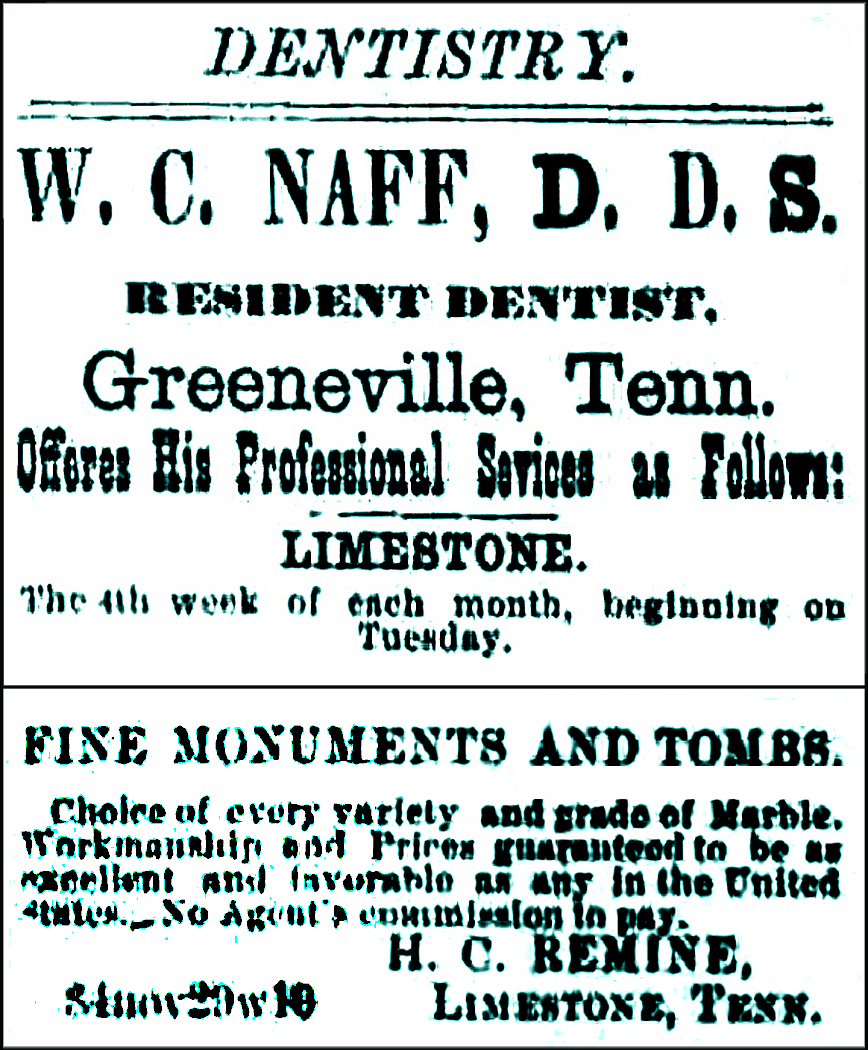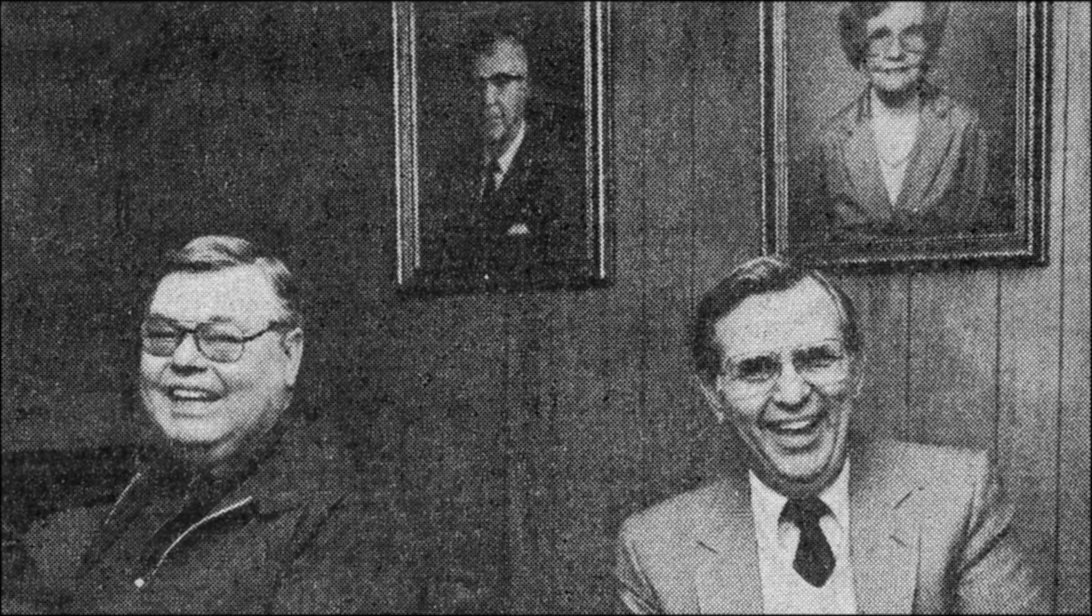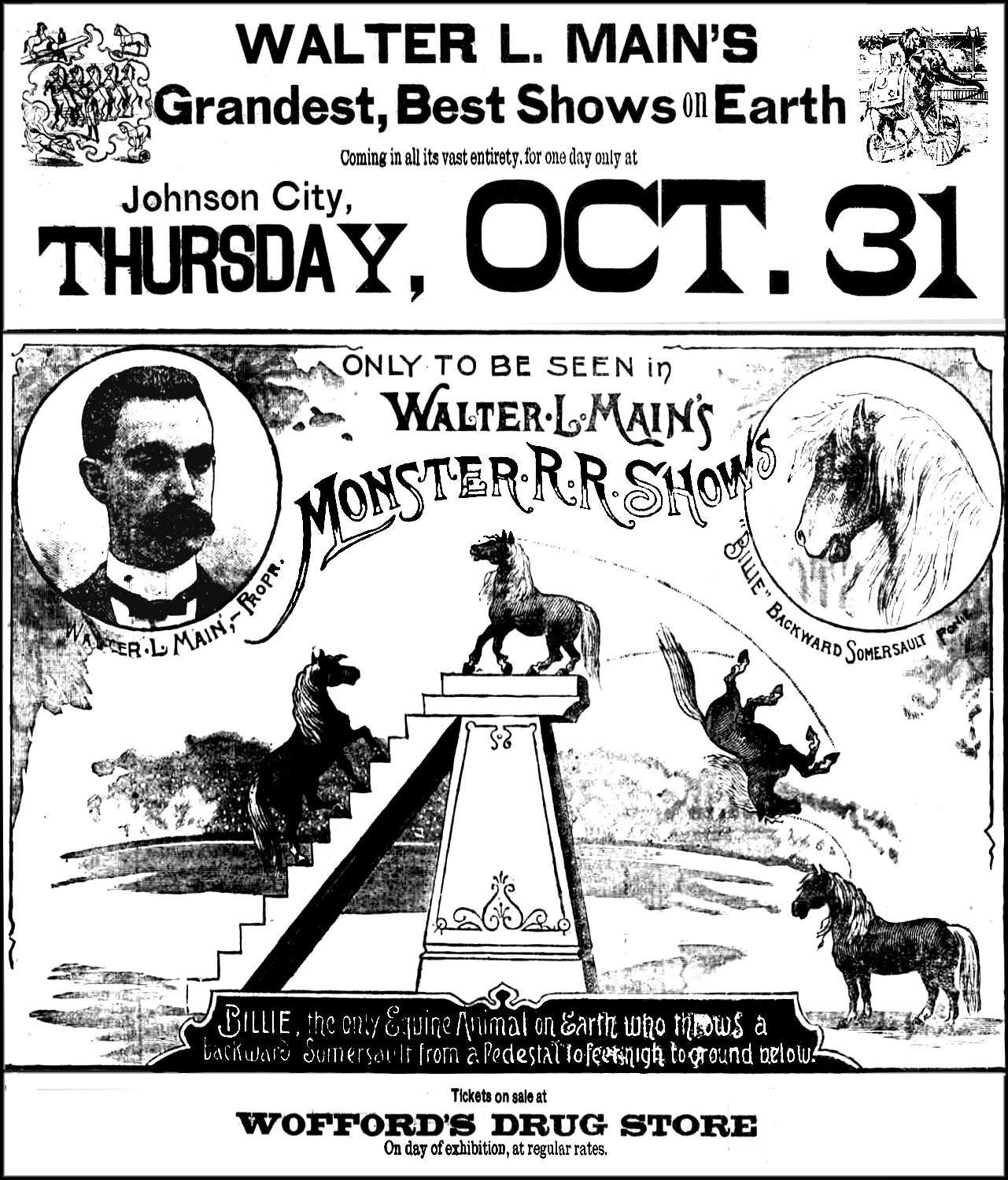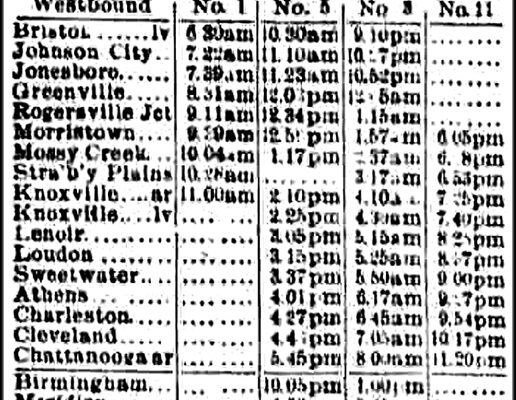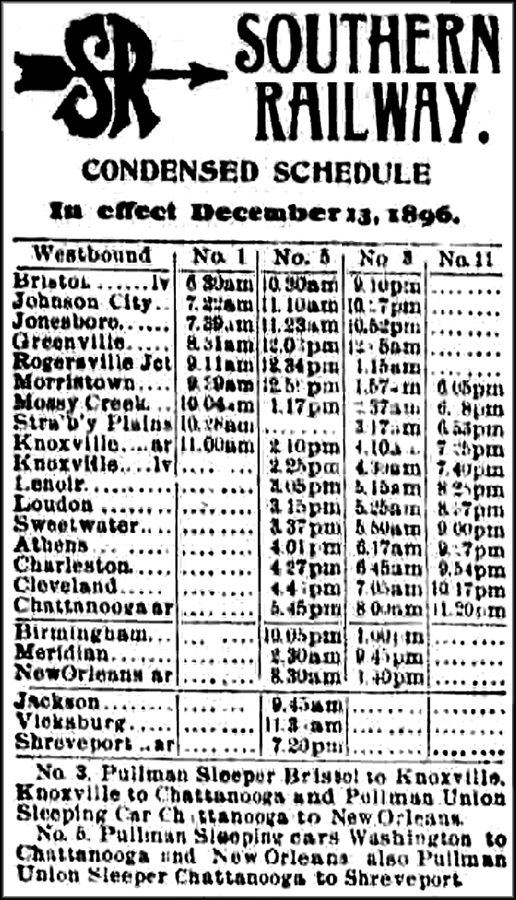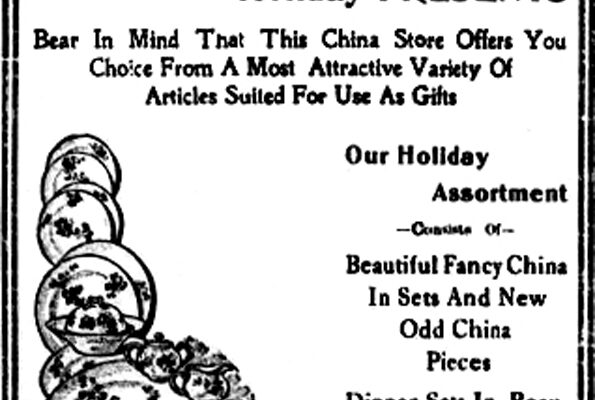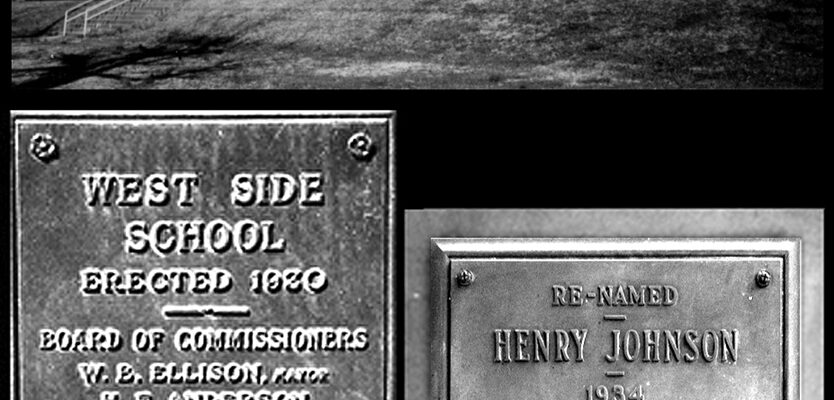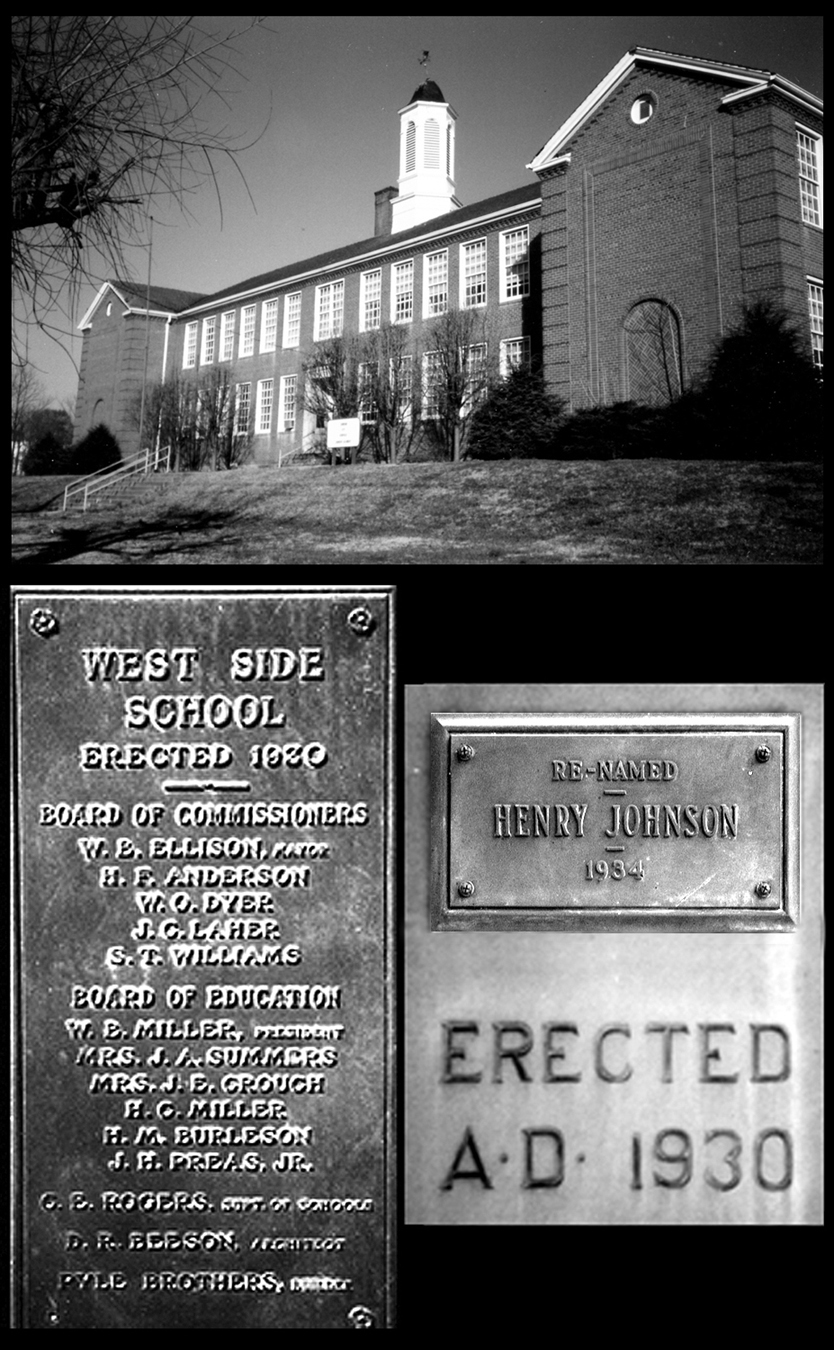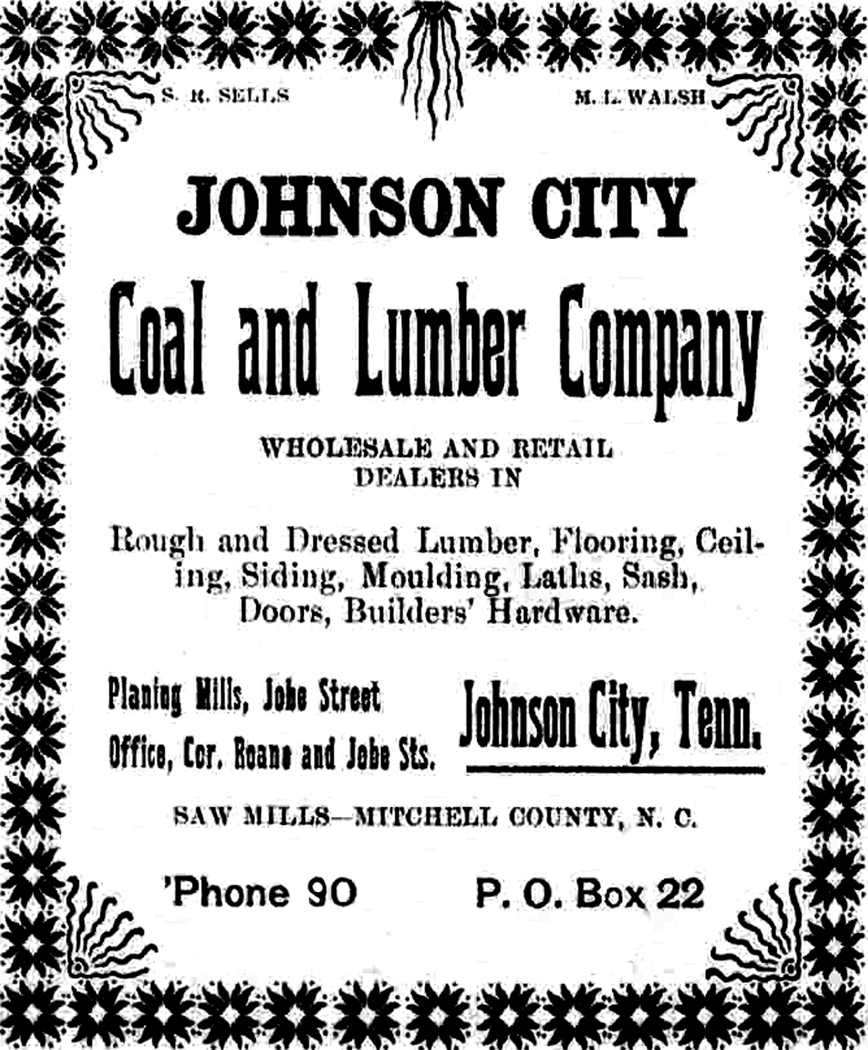During Christmas, 1985, Tom Hodge addressed the subject of Halley's Comet in his column. “Several years ago while writing about the impending approach of Halley's comet in early 1986,” he said, “several local residents reported their own sighting of the 1910 comet to me.

By then, people were beginning to understand that the comet was a natural phenomenon that returned on a 75-year basis and not a harbinger of doom as some folks feared. Here are their comments:
1. Joseph Hufham, who was eight years old when Halley came calling in 1910, later became a journalist. “The day the earth was supposed to pass through the tail of the comet,” he wrote, “people were pretty well stirred up.” Newspapers had been telling folks about the comet for weeks. One newspaper related accounts of how some people had gone outside to view the comet and dropped dead. In those day before radio and television, there were numerous unfounded rumors spreading everywhere. Hufham further recalled standing on the porch of his father's store and looking up. The comet was yellow like the moon and bulged like an onion. The tail on it looked like an old cheap sweep broom, not much longer than the body. He could just visualize it swooping down and scrubbing on mountain tops.
2. Fred Shaw was 18 in 1910 and came home from working in the fields. Nobody was there so he called out, 'Whare's everyone at?” “Down in the cellar,” one of them yelled back. Sure enough, they were scared and huddled in the potato cellar. His wife remembers, “We weren't really scared; we just stood at the bedroom window and watched. But our mama told us, 'Y'all shut that window. Ah, but everyone didn't react that way.'”
3. Ruth Butler was 13 at the time and said her grandfather took all the children out after supper to see the comet. “He knew we'd been hearing all kings of superstitious stories about it, and he reassured us that none of them were true.”
4. French Bordeaux was seven in 1910. He recalled, “Our parents woke us up from a deep sleep that night and took us out on the porch to see the comet. It looked like a big old star, with a tail behind it. It didn't seem to worry me much, but it had some of our neighbors all worked up.”
5. Josephine Jacobs was 27 when the comet appeared. “I was so busy taking care of 15 children. I worked in the fields, picked cotton and peas, and cooked meals on an open hearth, which didn't leave much time to be gazing up at Halley's Comet. I was busy with life on earth.”
6. Mona Moore was a 20-year-old teacher in 1910. “Some people thought the comet's tail consisted of stardust,” she recalled, “and when the comet got close to earth, the tail would shed, and all that dust would throw the world off balance.”
7. Ryda Lennon rushed to her baby chickens. People were saying stars might be falling, so she took the hen off her biddies and covered them up good so that no stars would hit them. “I didn't seem to worry about people,” she said, “just my biddies.”
8. Van Benson noted that a friend brought an almanac by with a picture of the comet in it. It showed the celestial body looking like a snake and heading for earth. When they turned the page, they encountered a picture of Teddy Roosevelt with a baseball bat knocking the comet away. The caption read: “The comet found out that Teddy was on earth.” They all had a hearty laugh over that.
9. Richard Hall (82), a 7-year-old plowing his field, hollered at his mule, “Whoa, you mule. Look a-yonder.” He and the mule stared up at the comet that had a tail like a monkey. He remembers that people were shouting that it would burn the earth.
On the 1910 Halley's visit, word circulated in advance that the comet wouldn't be quite as visible that visit and maybe would be accepted with less fear and worry. The next Halley's arrival is scheduled for July 28, 2061; don't count on this writer being around to cover it.


